The topic of “failure” is of vital importance to those of us who participate and study the ancient art of exploration. And whereas the public is always eager to hear a tale about a bold victory, those of us who have journeyed know that success often hangs on a slender thread.
One of the most unique explorers to express his thoughts on the topic of failure was the Historical Long Rider, Sir Ahmed Mohammed Hassanein FRGS.
At the dawning of the 20th century the vast desert of Libya remained one of last unexplored places on Earth. Because travel was restricted by the distance camels could trek between wells, vast portions of the Libyan interior were still blank spots on the map. One of the most elusive places yet to be seen by an outsider was Kufra, an oasis located deep within the Libyan Desert.
A German explorer, Gerhard Rohlfs, was the first to penetrate the desert and reach the remote town. But the oasis was far more than a mere source of water. It was also the capital of the Senussi Islamic sect. Rohlfs, who barely escaped with his life, had all his scientific observations and equipment destroyed by the deeply suspicious tribesmen who inhabited Kufra.
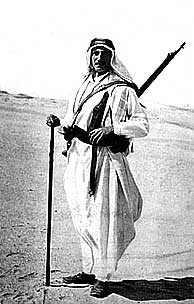
Enter Ahmed Hassanein, the dashing Egyptian diplomat turned explorer.
Educated at Oxford where he won fame as a fencer, the Egyptian of Bedouin descent returned home and initially served as a diplomat for King Faud. But Hassanein’s love of adventure came to the fore in 1920 when he accompanied the lovely English travel writer, Rosita Forbes, to the Kufara oasis in Libya.
Failure certainly played a major role in that journey, as their caravan missed a vital oasis and nearly died of thirst in the desert.
Yet failure on the way did not prohibit Hassanein from befriending the Muslim leaders of the elusive Senussi Brotherhood, once he reached Kufra. It was during his first trip to the legendary desert town that he became aware of rumours of a “lost oasis” which lay even deeper in the desert.
Despite his earlier problems, in 1923 Hassanein led a small caravan on a remarkable seven month journey across the centre of Libya. More than two thousand gruelling miles later he emerged with marvellous tales of having not only located the “lost” oasis of Uweinat, but having also discovered a cave which contained ten-thousand-year-old drawings. Attributed to djinns, these Paleolithic images depicted a flourishing, but now extinct, pastoral world inhabited by giraffes, ostriches, gazelles, even cows, but no camels. Yet the most startling image depicted human beings swimming in what had become a forbidding desert.
Hassanein correctly realized that the rock drawings indicated the existence of a sophisticated pastoral culture which had gone extinct before the camel had been introduced.
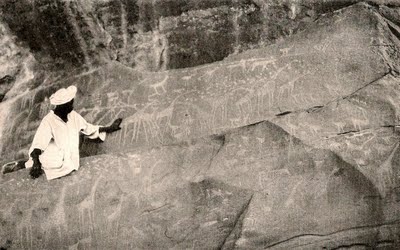
The Egyptian explorer was hailed as a success after his expedition returned. National Geographic magazine published his story. He was awarded the Founder’s Medal of the Royal Geographical Society. And cunning businessmen offered to pay him substantial fees if he would lecture to the public, dressed in traditional Bedouin clothing. He declined to prostitute his beliefs in the name of profit.
This was largely because Hassanein had been deeply touched by the desert. After riding his horse, or walking, for thousands of miles across an often empty landscape, he had realized that there was little to discover externally, but a great deal to discover in himself. Such revelations came about thanks in no small amount to the intense silence and calm which surrounded him, as he made his slow way across a desert that remained untouched by the invasion of the noise and tumult of the modern world.
Knowing that his predecessor, Gerhard Rohlfs, had “failed” in the public’s eye, Hassanein gave careful thought to how explorers should define success or failure.
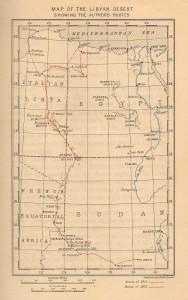
In his classic book, “The Lost Oasis,” Hassanein wrote, “To the outside world the work of an explorer is either failure or success with a distinct line between them. To the explorer himself that line is very hazy. He may have won his way through, amassed all the information that he sought, be within a score of miles of his journey’s end; then suddenly, his camels give out. He must abandon the best part of his luggage. Water and food take precedence; the boxes containing this scientific instruments, his records, have to be left behind. Maybe his plight is still worse, and he must sacrifice everything, even his own life. To the outside world he would be a failure; generous critics might even call him a glorious failure, but in any case he has failed. Yet how much is that failure akin to success! Sometimes on those long treks the man who fails has done more, has endured more hardships, than the man who succeeds. An explorer’s sympathy is rather with the man who has struggled and failed than with the man who succeeds, for only the explorer knows how the man who failed fought to preserve the fruits of his work.”
http://www.classictravelbooks.com/authors/bey.htm
In this day when it is all too often argued that there are no “white spots” left on the map, critics falsely claim there is no longer any purpose to explore. Why go there, they say, when you can gaze at a faraway spot thanks to Google.
The lure of exploration cannot be explained to those whose souls have never heard the elusive song which lured Hassanein into risking his life – twice – in the Libyan Desert.
For those of us who have responded, and gone, we know that the mere act of setting off is in itself a victory.
As for “failure,” that is a term all too often misunderstood, and frequently used, by those who stayed behind in the comfort and safety of their homes.
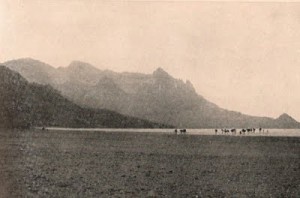
CuChullaine O’Reilly is the Founder of the Long Riders’ Guild, the world’s international association of equestrian explorers and a Fellow of the Royal Geographical Society and the Explorers’ Club. Author of “Khyber Knights, he is currently completing the “Encyclopaedia of Equestrian Exploration,” the most comprehensive equestrian exploration guide ever written.
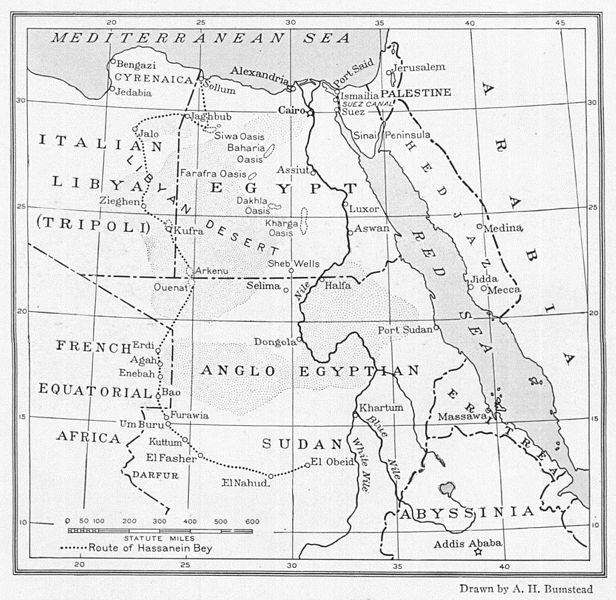


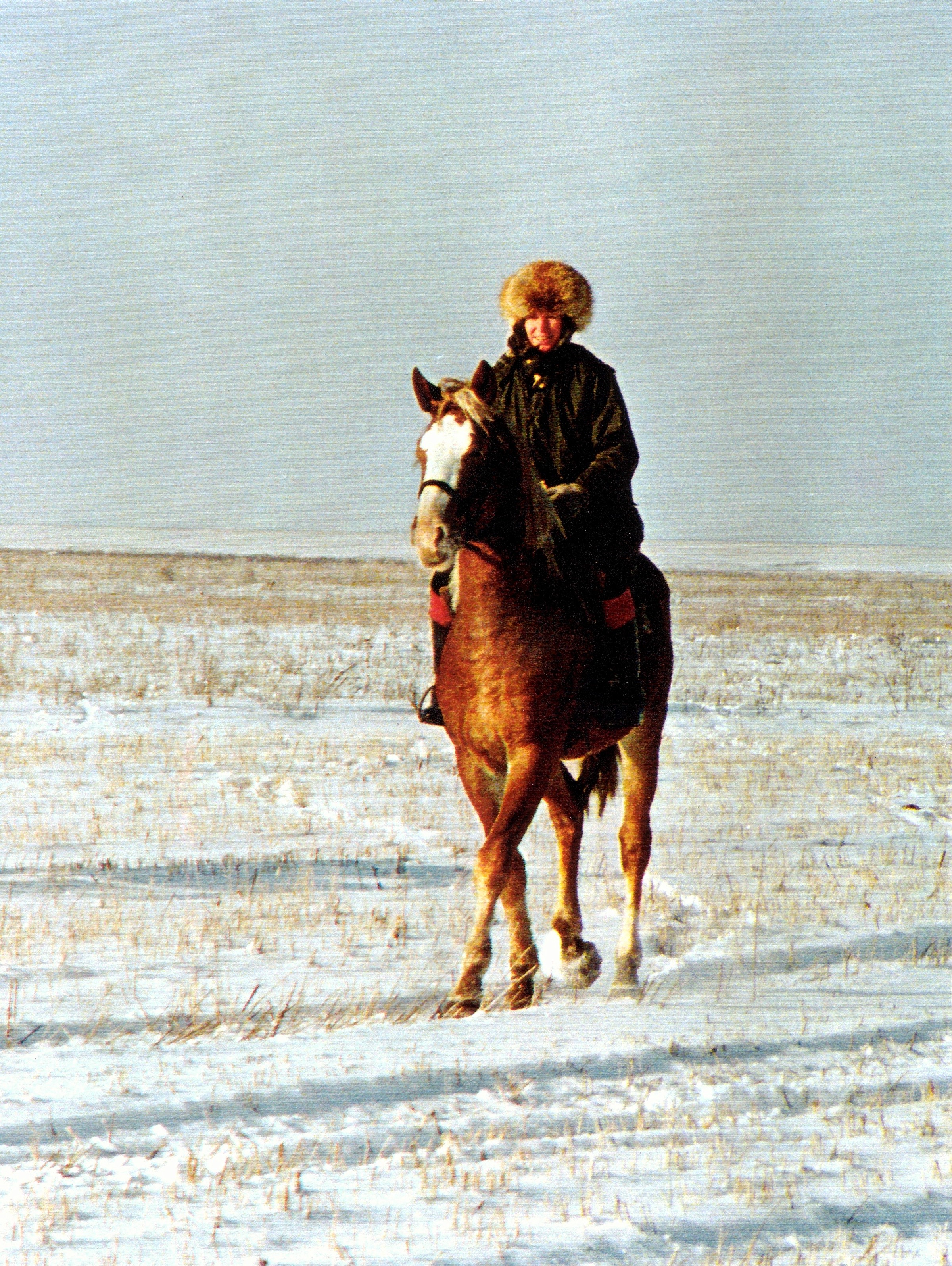
Libya is not for sissy’s!
Nice piece CuChullaine, thanks.
In a world awash with people riding horses in meaningless circles around a show ring, there are only a handful of equestrian argonauts who make up the Members of the Long Riders’ Guild. Amongst that tiny group few have endured and survived such harsh lessons of the road as South African Long Rider Billy Brenchley.
http://www.thelongridersguild.com/christie-accident.htm
A wise woman once voiced the opinion that the wise among us do not appear by accident.
“The most beautiful people we have known are those who have known defeat, known suffering, known struggle, known loss, and have found their way out of the depths. These persons have an appreciation, sensitivity, and an understanding of life that fills them with compassion, gentleness, and a deep loving concern.”
That is why, in this age of self-glorifying TV posturing peacocks, it is refreshing to come across Billy Brenchely, a man whose emotional courage, steely determination and refusal to quit marks him out as one who has turned “defeat” into triumph.
Considering recent events in Libya and Egypt this is a very timely re-appraisal of the achievements of Sir Ahmed Mohammed Hassanein. He was the first to get across the Libyan desert (the largest in the world) and to pioneer the route in from Egypt. His connections enabled the lady traveller Roswitha Forbes to reach the Kufara Oasis, whilst he eventually ventured further to Uweinat, its cave drawings the inspiration for the novel “The English Patient”. His life was cut short by a motor accident in Cairo, where he is buried. Thanks for the memories, CuChullaine.